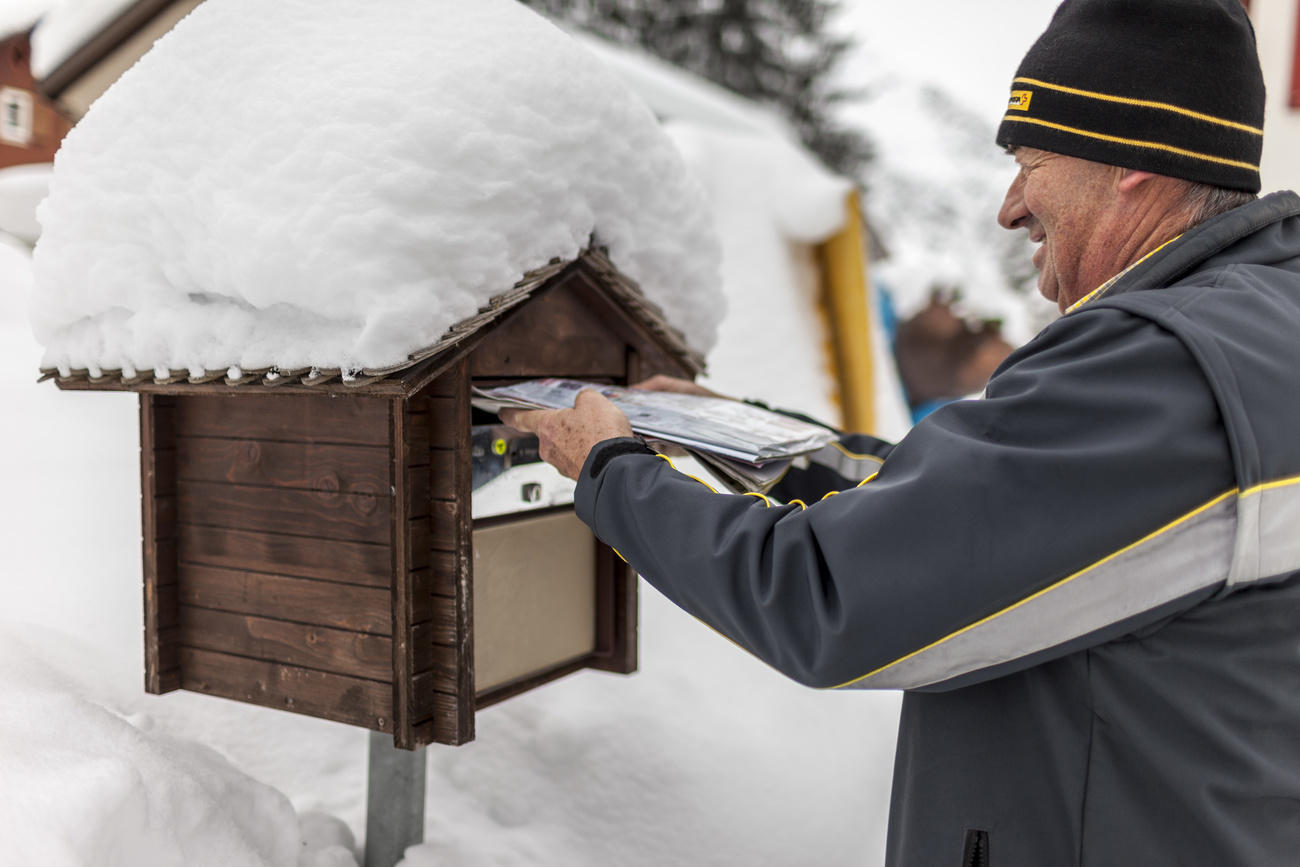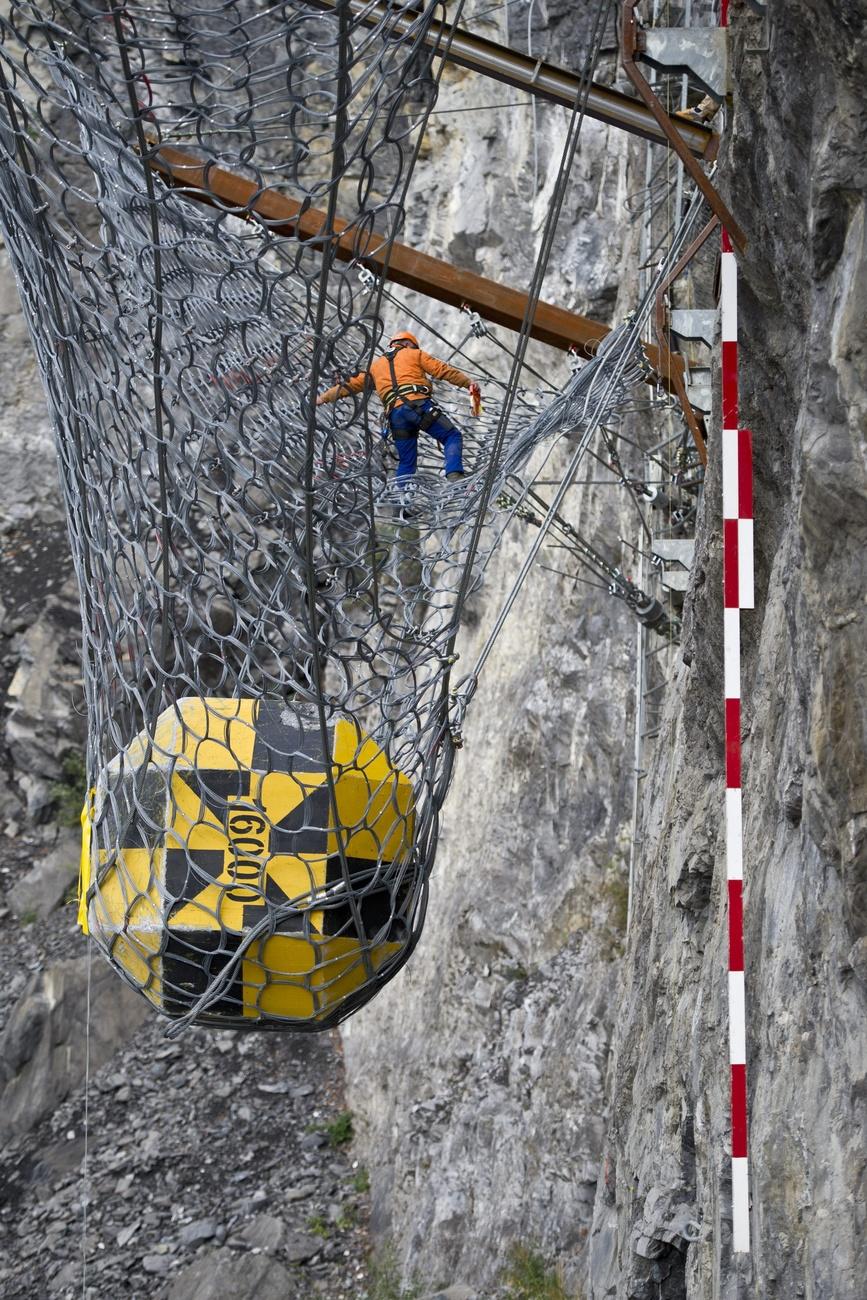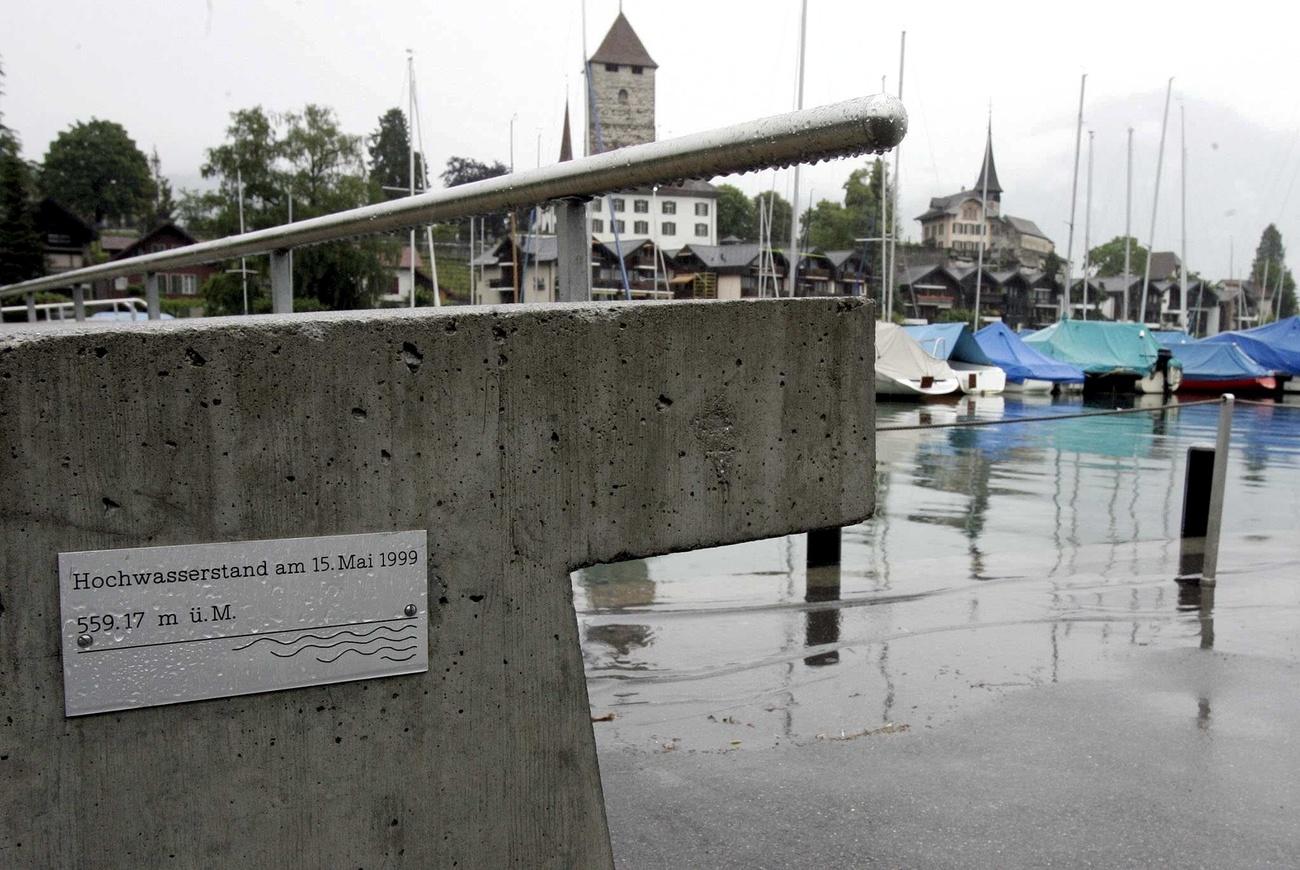
Watch your step – what are the risks of travelling in the mountains?
Only a couple of weeks after I described how you can hike safely and in comfort in the Alps, I was struck by an avalanche.
Luckily, I wasn’t smothered by a mass of snow – or bowled over by a rock or landslide. Rather, it was my inbox that took the hit.

Spring is the time when various institutes and clubs release statistics on accidents in the Alps and near misses, with which I have a morbid fascination.
The Swiss Institute for Snow and Avalanche Research issued the two most recent reports. In the first, the Davos-based centre counted 19 deaths this past winter. Most of the victims were skiers buried in avalanches after going off-piste.
Death by avalanche, 1998-2018 (swisstopo)
The second analysed the effectiveness of prevention measures. It used January 2018 as an example, a month of unusually high snowfall when the authorities ramped up the avalanche risk to the highest level. That made it comparable to the extreme winter of 1999.
In a three-week period, the study authors counted 150 avalanches that caused damage to buildings, roads and railways, power lines, forests and farmers’ fields. But there was no loss of life, excluding the skiers and snowboarders who died after putting themselves in harm’s way. In similar circumstances in 1999, 17 people died. Going back even further – to the harsh winter of 1951 – the death toll reached nearly 100.
So what’s changed? After 1951, structural defences were erected in high Alpine zones to hold snow in place. This move was followed in the 1960s by the creation of hazard, or risk, maps indicating avalanche-prone slopes.
But after the winter of 1999 it was deemed that these measures were not enough, so the authorities went about doubling the network of stations across the Swiss Alps that measure snowfall and the density of the snowpack. The data obtained is pushed out to decision-makers and the public in the form of twice-daily avalanche bulletins.
The Davos centre concludedExternal link that the massive improvement in data collection and communication enabled local authorities, railway operators and civil works departments to evaluate the risks and, if necessary, close roads and rail lines, or evacuate communities.

Such mapping and monitoring extends to summer when data is collected about the stability of slopes to understand if rocks could come loose and, in periods of heavy rain, landslides could be triggered.
Here as well, there is little loss of life. Last year, one person was killed in a rockfall and three were victims of a collapse of a cornice – an overhanging mass of snow that can build up on a precipice.
Rescue services were most often called out to aid hikers injured after slipping and falling, or in the worst cases, retrieve their bodies.
Understanding how snow can shift on mountains, and how rocks can come unglued, is a science where Switzerland has committed significant resources. And no wonder: villages and towns built on mountain slopes are vulnerable to the whims of nature, and the lifeblood of these communities is the exposed network of roads and railway lines that connect them.
Last week, researchers gathered in Davos to examine past natural disasters – whether avalanches, landslides or flooding – and to learn even more from them.

The meeting came shortly after disaster prevention experts from around the world gathered in Geneva with the same goal in mind.
The United Nations estimates that 50,000 people are displaced every day by natural disasters, and the number is likely to rise as extreme weather events have doubled in the past two decades.
But in our report on the conference, the United Nations special representative for disaster risk reduction, Mami Mizutori, said less than half of states had implemented the Sendai Framework for Disaster Risk ReductionExternal link. The agreement calls on governments to introduce measures to assess and manage disaster risks and enhance preparedness.
Next time you’re driving or taking the train through the Alps look up at the slope above. Do you see any artificial avalanche barriers or rockslide fences, put in place to protect you?
If you’re hiking or skiing, have you checked the website of the Swiss weather service, MeteoSwissExternal link, to know if heavy rain, snowfall, or high winds are forecast? I know I do. My life depends on it.
Contact the author on Twitter @dalebechtel

More
Small-town Swiss vote provides a lesson in flood prevention

In compliance with the JTI standards
More: SWI swissinfo.ch certified by the Journalism Trust Initiative
















![The four-metre-long painting "Sonntag der Bergbauern" [Sunday of the Mountain Farmers, 1923-24/26] had to be removed by a crane from the German Chancellery in Berlin for the exhibition in Bern.](https://www.swissinfo.ch/content/wp-content/uploads/sites/13/2025/12/01_Pressebild_KirchnerxKirchner.jpg?ver=cb688ed5)















You can find an overview of ongoing debates with our journalists here . Please join us!
If you want to start a conversation about a topic raised in this article or want to report factual errors, email us at english@swissinfo.ch.